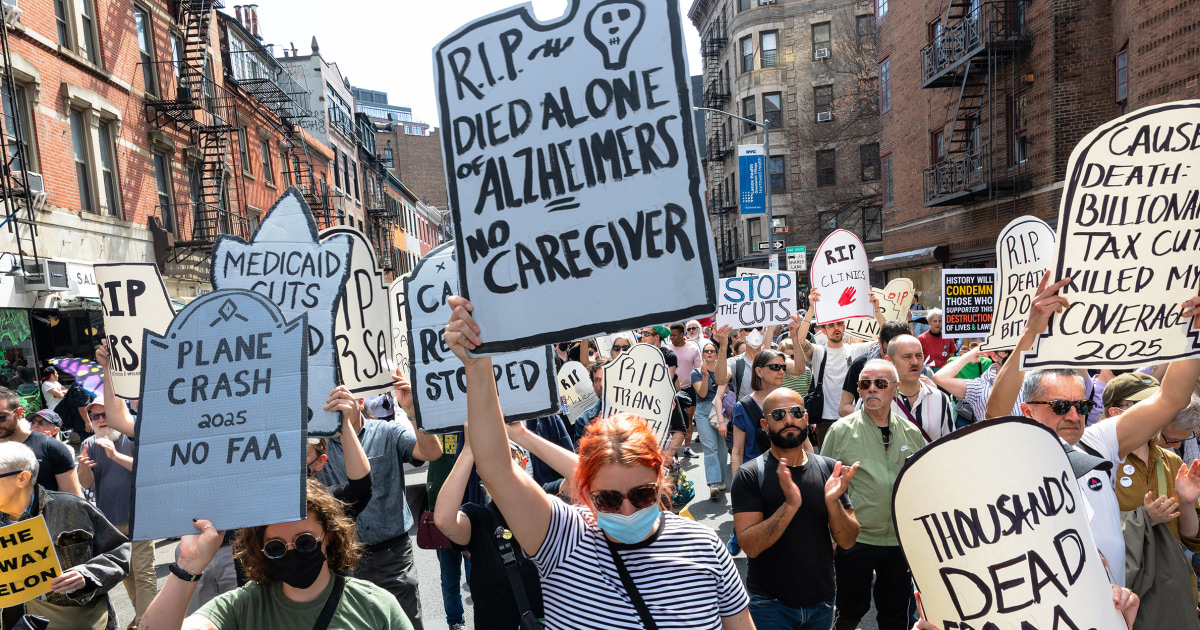Unraveling the Impact of Job Cuts Rocking Health Agencies Nationwide
As health agencies across the country announce significant job cuts, the ripple effects on healthcare services and employment are becoming increasingly evident. These job reductions, often driven by budget constraints and shifting priorities, threaten to undermine the very fabric of our healthcare system. Experts weigh in on the potential long-term implications for both workers and patients, revealing a complex landscape where the stakes are high for all involved.
The Landscape of Job Cuts in Health Agencies
Recent reports indicate that numerous health agencies have initiated layoffs, citing financial pressures exacerbated by the ongoing effects of the COVID-19 pandemic. From local clinics to large hospital systems, the trend of job cuts is alarming. According to a recent survey by the National Association of State Health Officials, approximately 20% of state health agencies are planning layoffs or have already implemented them.
These job cuts are not just numbers; they represent real people—healthcare professionals who dedicate their lives to caring for others. Nurses, administrative staff, public health workers, and mental health specialists are among those facing uncertainty as funding dries up. The ramifications of these cuts extend beyond the immediate loss of employment, impacting the quality of care and access to services for millions of patients.
Understanding the Causes Behind Job Cuts
The reasons for these job cuts are multifaceted. Key factors include:
- Financial Constraints: Many health agencies are grappling with reduced funding from state and federal sources. The pandemic has strained budgets, leading to a difficult environment where cuts seem inevitable.
- Shifts in Healthcare Delivery: The rise of telehealth and digital solutions has altered the way care is delivered, leading some agencies to rethink their staffing needs.
- Policy Changes: Legislative changes at both the state and federal levels can influence funding and service priorities, often resulting in job losses.
As these factors converge, the decision-makers at health agencies find themselves in a precarious position, forced to make cuts that could have lasting impacts on community health.
Implications for Healthcare Services
The immediate impact of job cuts in health agencies is a decrease in available services. With fewer staff members, agencies may struggle to maintain their current level of care. This is particularly concerning in areas like:
- Public Health: With fewer public health workers, efforts to manage outbreaks, vaccination campaigns, and health education initiatives may falter.
- Mental Health Services: Job cuts in mental health agencies can lead to longer wait times for patients seeking care, exacerbating an already critical situation.
- Administrative Functions: Reducing administrative staff can lead to inefficiencies, impacting patient scheduling, billing, and overall service delivery.
In short, job cuts can create a domino effect where the quality of care deteriorates, leading to worse health outcomes for patients and increased pressure on the remaining staff.
Long-Term Effects on Workers and Patients
Experts agree that the long-term implications of these job cuts are profound. For workers, the loss of jobs not only affects their livelihoods but also has psychological impacts. Many healthcare professionals report feelings of stress and anxiety when facing job insecurity, which can contribute to burnout and lower job satisfaction.
For patients, the consequences can be dire. Access to timely and effective healthcare may diminish, particularly for vulnerable populations who rely heavily on public health services. The potential for increased wait times, reduced availability of specialists, and a decline in preventive care services can lead to a rise in chronic health issues and overall deterioration in community health.
Potential Solutions and Optimism
Despite the grim outlook, there are avenues for hope and resilience. Health agencies can explore several strategies to mitigate the impact of job cuts:
- Collaboration and Partnerships: By forming partnerships with non-profit organizations and private sectors, health agencies can leverage additional resources to fill gaps left by layoffs.
- Investment in Training and Upskilling: Investing in the training of existing staff can enhance their capabilities, allowing agencies to maintain service quality even with reduced personnel.
- Emphasizing Telehealth: Expanding telehealth services can help reach patients who may not have access to in-person care, thereby alleviating some of the pressures created by staffing shortages.
Moreover, advocacy for increased funding and support from government bodies can play a crucial role in stabilizing health agencies and preventing further cuts. Engaging the community in these discussions can also foster solidarity and grassroots support for health initiatives.
Conclusion: A Call to Action
As we unravel the impact of job cuts rocking health agencies nationwide, it is clear that the challenges are significant, yet not insurmountable. With collective action from policymakers, healthcare leaders, and communities, there is potential to navigate these turbulent waters and emerge stronger. It is imperative that we prioritize the well-being of healthcare workers and patients alike, ensuring that everyone has access to the essential services they need. The future of our healthcare system depends on our response today.
In closing, while the landscape may appear daunting, there is an opportunity for reform and rejuvenation within our health agencies. By fostering a supportive environment for healthcare professionals and advocating for robust healthcare policies, we can work towards a healthcare system that not only survives but thrives in the years to come.
See more WebMD Network



